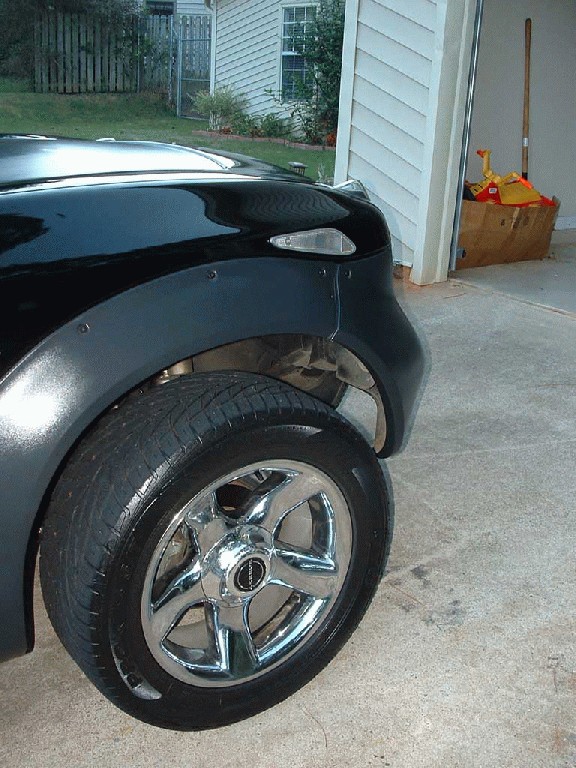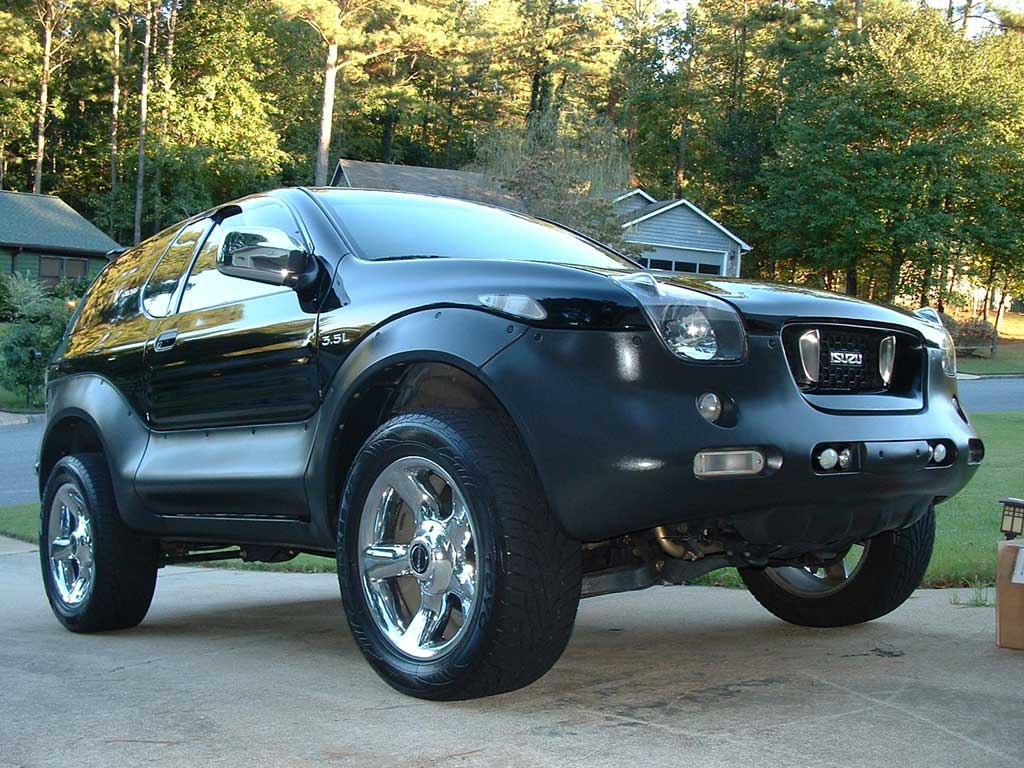you want HIDs? just jack one off a maxima and you can make it fit. easy...maxima HIDs fit almost everything. just call it "universal" HIDs. im gettin a set from my boy for 2 billz...for all the older people...$200. spendin 5 billz to 1 g on new ones is stupid. just scope out a nice new maxima and proceed to relieve it off it's eyes and youre set! jus thave someone watch your back in case the owner goes out for his midnight stroll and knocks you over the head.
How you gonna stop me im ill-literati/ im like an ill-mariachi wit an automatic shotty/ like tony montana to yo body/ now you really dont wanna come and test me/ i spit verbal fusilades im headin crusades/ to weed out all the fakes like it was da salem witch trials/ yo @ss betta run or else you gettin baked at the stake/ and that'll put a smile on mah face/









 Reply With Quote
Reply With Quote







